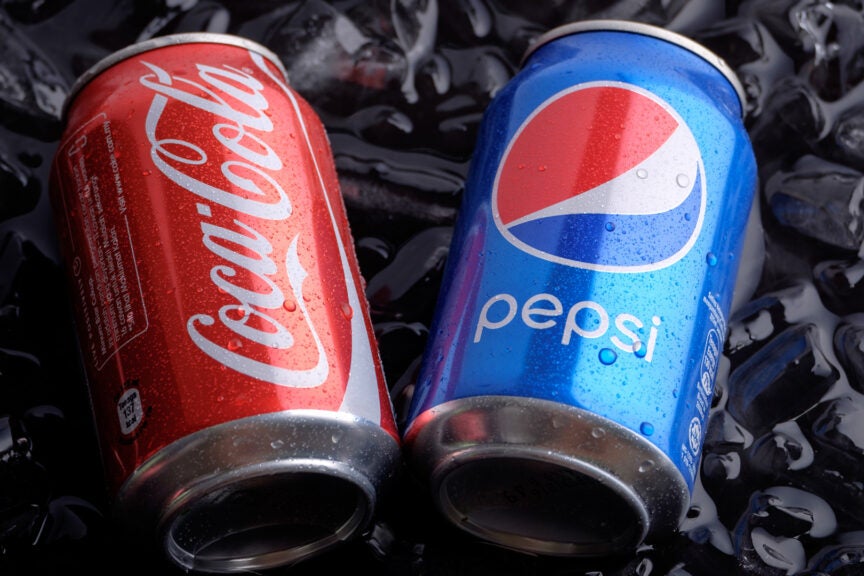Coca-Cola’s Strategic Shift: How US Production Shields Against New Tariffs
In response to escalating international trade tensions, Coca-Cola has significantly increased its US manufacturing footprint to avoid impending tariffs. The beverage giant’s pivot contrasts with rival PepsiCo, which faces a 25% levy on imports from Ireland. Analysts suggest the move could reshape domestic production trends while shielding Coca-Cola from $300 million in annual tariff costs. The strategy, implemented over the past 18 months, highlights corporate adaptability in a volatile global market.
The Tariff Landscape and Coca-Cola’s Countermove
The US government’s recent tariffs on aluminum and steel—key materials for beverage cans—have pressured manufacturers to rethink supply chains. Coca-Cola responded by investing $240 million in 2023 alone to expand facilities in Texas, Ohio, and Michigan. This boosted its North American production capacity by 12%, reducing reliance on imports subject to tariffs as high as 10%.
“Localizing production isn’t just about tariffs; it’s about supply chain resilience,” says Dr. Elena Torres, a trade economist at Georgetown University. “Coca-Cola’s strategy hedges against both geopolitical risks and rising logistics costs, which have spiked 18% since 2022.”
PepsiCo’s Irish Supply Chain Dilemma
While Coca-Cola leans into domestic production, PepsiCo’s reliance on Irish imports has exposed it to a 25% tariff on soda concentrate shipped to the US. The levy, tied to ongoing EU-US trade disputes, could cost the company up to $190 million annually. Dublin-based facilities, which produce 40% of PepsiCo’s US-bound concentrate, now face scrutiny from investors.
- PepsiCo’s challenge: Tariffs erased $42 million from Q1 2024 profits.
- Coca-Cola’s advantage: 89% of its US products now use locally sourced materials.
Economic and Operational Impacts
Coca-Cola’s shift has ripple effects beyond tariffs. The company added 1,200 US jobs in 2023, aligning with political calls for “reshoring.” However, critics argue the move could inflate consumer prices. “Local production costs 7-9% more than offshore alternatives,” notes Jason Miller, a supply chain analyst at Michigan State University. “Consumers may eventually foot the bill.”
Still, Coca-Cola’s CFO John Murphy emphasizes long-term gains: “Our US investments future-proof operations against trade uncertainties. The payback period is under five years.”
Future Outlook: Trade Wars and Industry Trends
As trade tensions persist, analysts predict more manufacturers will follow Coca-Cola’s lead. The US beverage industry’s domestic production share could grow from 76% to 83% by 2026, per Beverage Marketing Corporation data. Meanwhile, PepsiCo is exploring partnerships with Mexican suppliers to circumvent tariffs—a tactic fraught with regulatory hurdles.
The tariff wars underscore a broader trend: globalization’s golden age may be waning. For now, Coca-Cola’s bet on US production offers a template for resilience. As trade policies evolve, adaptability will separate market leaders from laggards.
Call to Action: Stay updated on how trade policies impact consumer goods by subscribing to our industry newsletter.
See more Business Focus Insider Team

